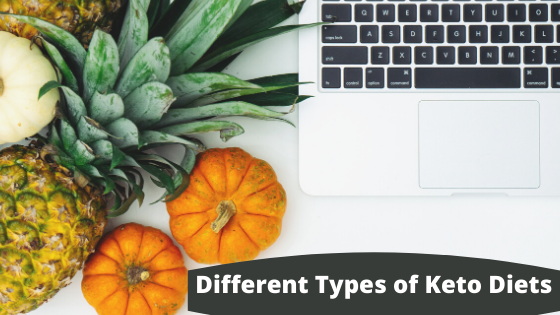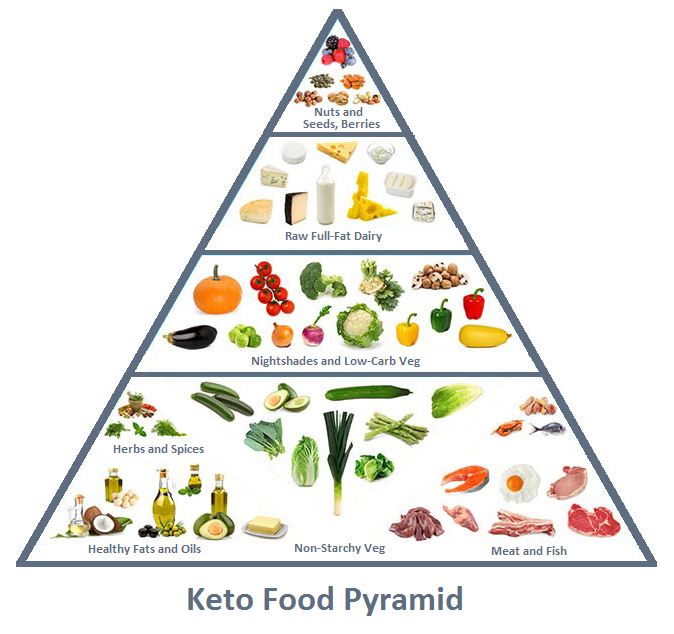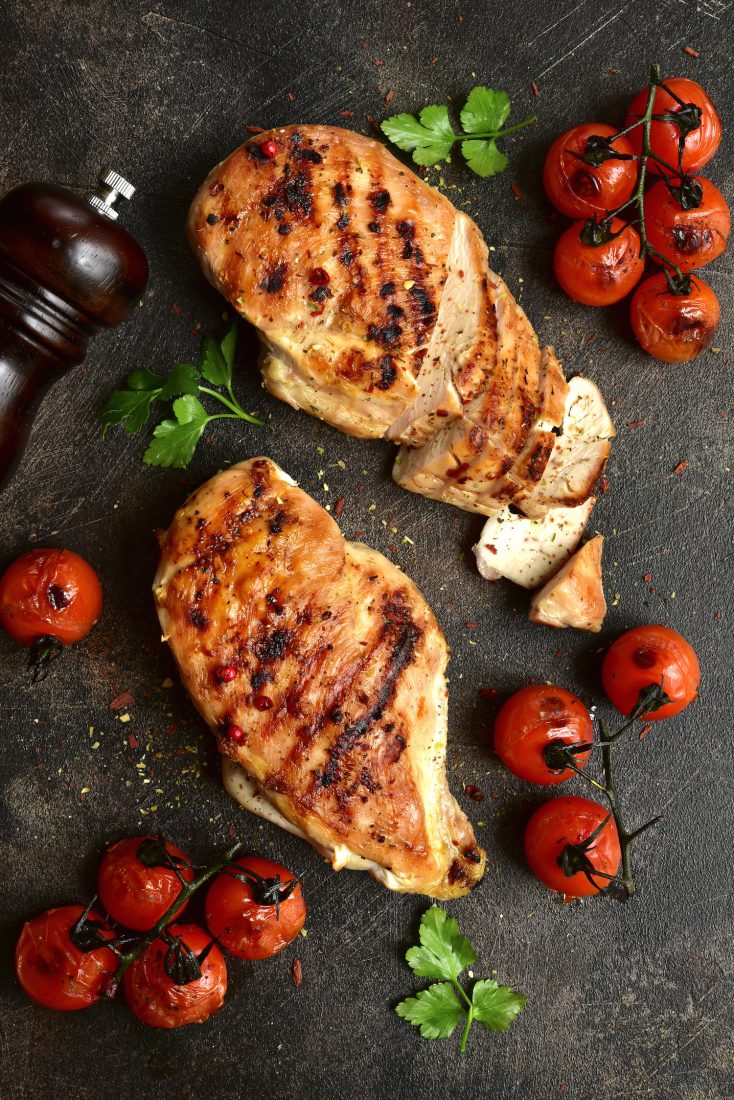Keto Diet – How it Works and What to Eat
Ketosis is the bodily process which breaks down fats for energy. When carbohydrates are eliminated from the diet, after about three weeks, the process of ketosis starts to break down fats for energy. This is called keto-adaptation.

A ketogenic diet has been proven effective and useful for people with diabetes or epilepsy. Often it is used as a weight loss technique, but doctors suggest that it may not be considered as a long-term option for weight loss.
Difference between low-carb and keto diet
Keto diet is an extreme and stricter version of a low-carb diet. Entering the state of ketosis requires that your intake of carbohydrates in your diet be a maximum of 5%, less than 50 grams of carbs. A low-carb diet comprises of 10-30% carbohydrates which is too high for the body to enter ketosis. Furthermore, keto diet contains higher fat content than a low-carb diet which mainly involves more protein.

Keto Diet and Weight Loss
Ketogenic diets reduce hunger because the food that makes up the diet is filling and takes longer to digest. It is easy to not count calories and keep track of food intake. Research indicates that keto diets have lower risk factors as compared to low-fat diets and are even more effective for weight loss. This eventually leads to a loss of appetite and reduced weight. Moreover, ketosis burns excess fat reserves of the body while maintaining muscles and bone density.
Types of keto diets

There are numerous types of ketogenic diets including the standard keto diet, cyclic, targeted, and high protein. The standard keto diet involves intake of up to 10% carbs, 20% proteins and 70% fats. The Cyclic diet alternates between several ketogenic days and then a smaller number of high carbdays. Targeted ketogenic diet involves intake of carbs after workouts, and the high protein diet is like the standard diet but involves more protein. Often 35-40% protein, 60% fat and 5% fat make up this diet.
If taken in access, proteins can turn into glucose which can slow the process of ketosis considerably. Therefore, the standard ketodiet involves only 20% of protein intake. It is wise to consult a dietician before starting a diet so that they can help make appropriate diet plans according to your case.
Keto Diet and Diabetes
(1).jpeg)
Increased ketones reduce blood sugar and improve insulin sensitivity, eventually reducing reliance on diabetic medicines or insulin injections. Low level of carbohydrates requires less insulin. Fats require the least amount of insulin among the basic food groups, which is how the need for insulin greatly diminishes in diabetic people. Diabetic people also suffer from increased weight; keto diet has the added advantage of breaking down fat cells in the body.
Carbohydrate Withdrawal in a Keto Diet
Some people experience symptoms of carbohydrate withdrawal in the initial stages of a keto diet, but soon these symptoms subside, and the body does not crave carbohydrates. The body is accustomed to using glucose as its primary energy source. It takes time for the body to change the metabolic reactions and reply more on the fat reserves.
Ketosis Vs Glycolysis
Once the process of ketosis is underway, the liver produces ketone bodies which supply energy to various organs of the body including the heart and the brain. The process of ketosis is not constant throughout the day. The body fluctuates between glycolysis and ketosis. For example, after a meal that contains even low amounts of carbohydrates, you body may temporarily switch to glycolysis. This is a normal process once the glucose is used up your body will eventually switch to ketosis again.
What to Eat in a Keto Diet?

Carbohydrate intake should be low, but not nil. Around 50g of carbs should be part of your daily intake. Protein intake should be 50 g on average. Remember that the same number of proteins provide far more calories as compared to carbohydrates.
Keto diets are versatile and include a tasty selection of rich foods. They offer numerous health benefits and help people reach their goals in a fun and adventurous way.

